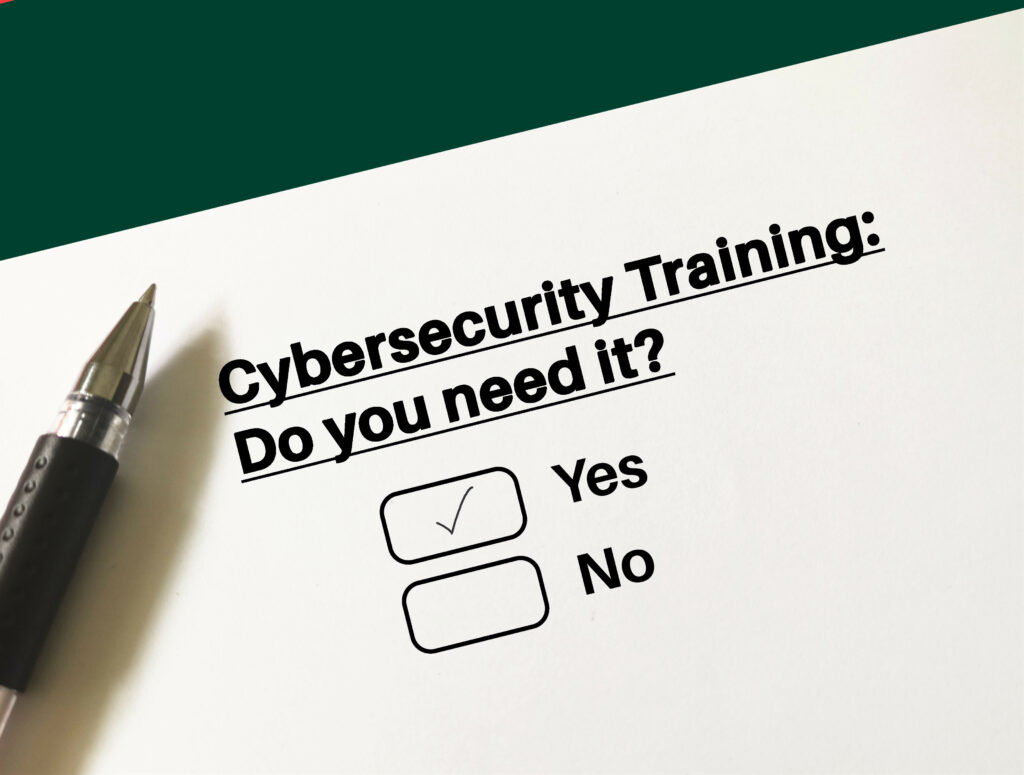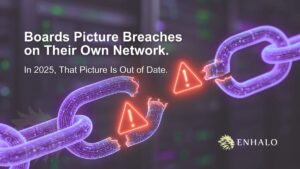Most of the time, companies are hacked because of mistakes individuals keep making. Not because they or anyone else is stupid but because cybercriminals are clever. Despite the increasing awareness of cyber risks, people often underestimate the potential consequences of their actions and overlook simple security measures.
See Something, Say Something!
There are several reasons why employees in an organization with a “See Something, Say Something” policy hesitate to report suspicious activities that could lead to a cyber incident.
One reason is that they may not fully understand the importance of cybersecurity or the potential consequences of a cyber incident. They may also not know what qualifies as suspicious behavior or whom to report it to, which creates confusion and hesitation.
Another reason is that employees may fear retaliation or repercussions from their colleagues or superiors if they report suspicious activity. This could be due to a lack of trust in management, a fear of being labelled as a “snitch,” or concerns about their job security.
Moreover, employees may hesitate to report suspicious activity if they believe the incident is minor or inconsequential. They may also assume that “someone else” will report the incident, leading to a diffusion of responsibility.
Finally, employees may not report suspicious activity if they feel the organization’s response to previous reports has been inadequate or ineffective. This can create a sense of futility and apathy, leading them to believe that reporting suspicious activity will not result in any meaningful change.
Overall, a lack of understanding, fear of retaliation, the belief that the incident is minor, diffusion of responsibility, and perception of inadequate response all contribute to why employees in an organization with a ‘See Something, Say Something’ policy often hesitate to report suspicious activity resulting in disastrous data breach consequences.
But, as mentioned, even if good cyber awareness training is implemented, people underestimate the risk and do not take them seriously, leaving organizations vulnerable to attacks.
Let’s Look At The Reasons Why Employees Don’t Prioritize Cybersecurity

Cybersecurity Training is boring
Cybersecurity training can be considered tedious or boring, leading to disengagement and lack of attention. This is especially true if the training is presented in a dry, technical manner or if the content is irrelevant to employees’ daily work.
Cybersecurity is IT’s problem
Some believe cybersecurity is the IT department’s or cybersecurity professionals’ sole responsibility rather than a shared responsibility of the entire organization. This leads to a lack of motivation or interest in cybersecurity training, as employees fail to see how it directly relates to their job responsibilities.
A false sense of security
Employees may believe that their organization’s cybersecurity measures are sufficient and that they are unlikely to be targeted by cybercriminals. This false sense of security makes them complacent with a lack of urgency to take cybersecurity training seriously.
Lack of understanding of the severe implications of a breach
Sometimes employees do not fully understand the potential implications of a cybersecurity breach, such as financial losses, damage to reputation, or legal and regulatory repercussions. Therefore there is no appreciation for the importance of cybersecurity and the need for ongoing training.
Too busy to worry about cybersecurity
Not everyone will prioritize cybersecurity training due to competing demands on their time or because they believe their other responsibilities take precedence.
How to transform a cyber awareness culture
To address these issues, organizations should provide engaging and relevant training content, emphasize cybersecurity’s shared responsibility, regularly communicate its importance and provide real-world examples of the consequences of cyber breaches. By allowing sufficient time and resources to complete training and testing, the reasons for not prioritizing cybersecurity, as discussed above, can be eliminated to get employee buy-in.
Cybersecurity awareness training must be tested
If cyber awareness training is not tested, vulnerabilities and gaps caused by human error will prevail.
Training is typically tested through online assessments, phishing simulations, and social engineering tests. These tests are designed to assess an individual’s knowledge of cyber security best practices and identify areas where they may be vulnerable to cyber-attacks.
· Online assessments involve multiple-choice questions or scenarios that test an individual’s understanding of topics such as password security, phishing, and data protection.
· Phishing simulations involve sending fake phishing emails to employees to see how many fall for the trap and click on the link or enter their credentials.
· Social engineering tests involve attempting to gain unauthorized access to sensitive information by tricking employees into providing access or credentials.
Last but not least, the final responsibility to create a culture of trust and transparency must come from the organization’s leaders. Employees need unequivocal guidance for clear reporting channels and assurances that all reports will be taken seriously and will be responded to quickly and appropriately.
Are you ready to turn your employees into your strongest security asset?
Step one: determine your organization’s areas of weakness with ENHALO’s Human Vulnerability Assessment.
Step two: transform the cyber awareness culture of your workforce with our animated cyber training, which historically shows engagement rates of over 90%.







